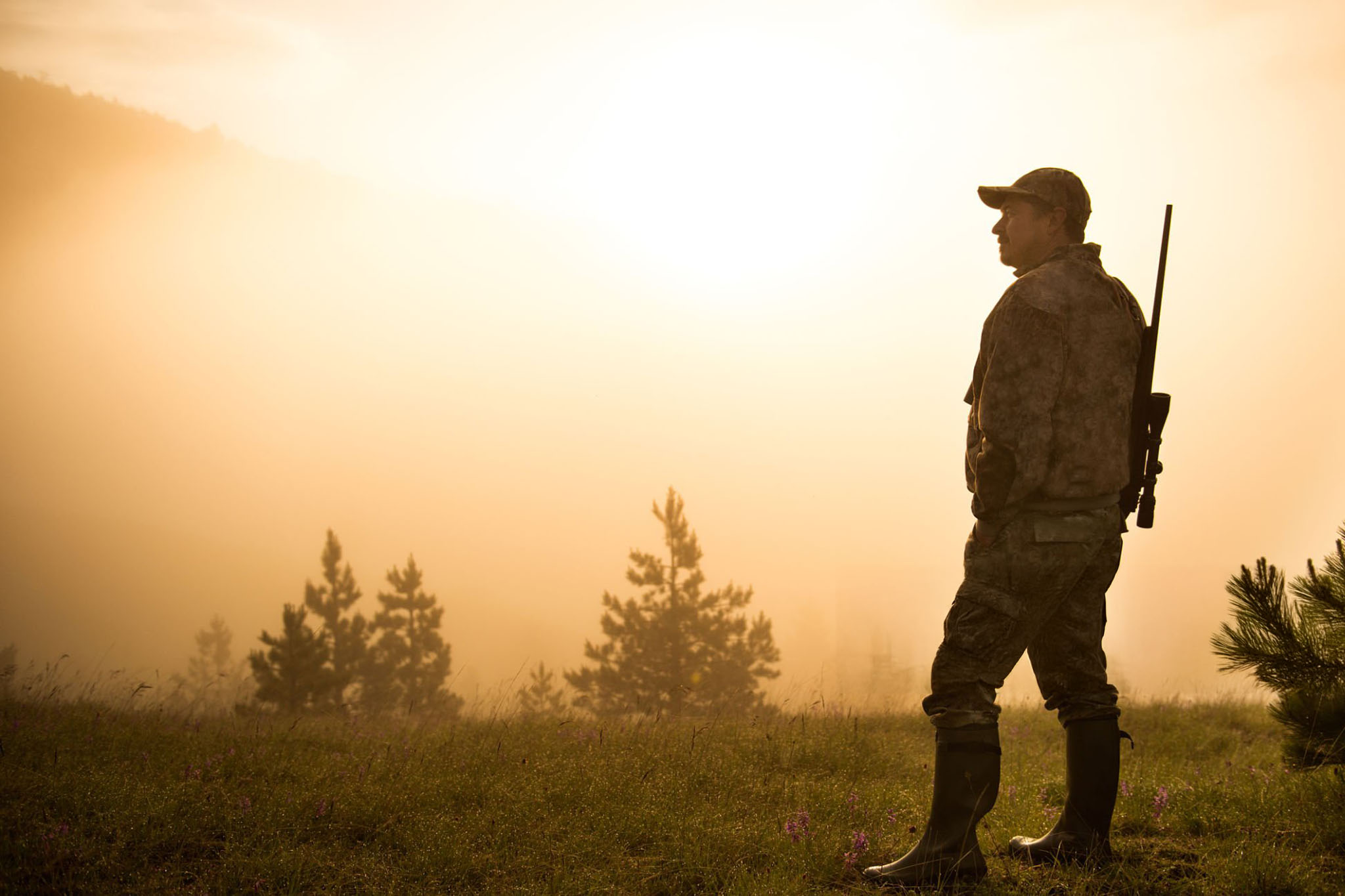So you’ve finally got your hands on a new pair of hunting boots—maybe they’re rugged, waterproof, insulated, and look ready to crush a backcountry elk hunt. But then it happens: you hit the trail, and within miles, you’re limping with painful blisters. Sound familiar?
Don’t worry—you’re not alone. Breaking in hunting boots doesn’t have to hurt, and doing it right can make the difference between a great hunt and a miserable one.
🧱 Why Breaking In Hunting Boots Is a Must
Hunting boots aren’t like sneakers. They’re built tough, with thick leather, rigid midsoles, and heavy-duty support systems. All that protection takes time to mold to your feet. If you skip the break-in process, you’re inviting:
- Heel blisters
- Toe bruises
- Arch fatigue
- Ankle rubbing
And once you’re miles deep in the backcountry, there’s no turning back.
✅ Step-by-Step: How to Break In Hunting Boots the Right Way
1. Start Indoors First
- Wear your boots inside the house for 30–60 minutes a day.
- Lace them as you would on a hunt.
- This helps the inner lining adapt to your foot shape.
🧦 Pro Tip: Wear your actual hunting socks—not gym socks or cotton. The difference matters.
2. Take Short Walks Outside
After a few days indoors, wear your boots on quick outdoor errands or walks:
- 20–30 minutes around the neighborhood
- Light trails, sidewalks, or your backyard
- Gradually increase duration over several days
🌤️ Make sure it’s dry out—you don’t want wet boots until they’re fully formed to your feet.
3. Simulate Your Hunt Load
Once the boots feel comfortable, add your hunting pack:
- Add 20–40 pounds to mimic real conditions
- Hike mild trails with elevation changes
- Focus on ankle flex and toe pressure zones
This stage is critical—heavy loads expose hidden pressure points.
4. Use Leather Conditioner (If Leather)
If your boots are full-grain leather:
- Apply a boot-safe conditioner to soften leather fibers
- Avoid over-saturating—too much can reduce structure
- Let dry naturally, away from direct heat
🛢 Products like Obenauf’s LP or Nikwax work great for hunting boots.
5. Watch for Hot Spots
A “hot spot” is an early warning of a blister. Don’t ignore it.
- Stop walking immediately
- Apply moleskin, leukotape, or blister bandages
- Adjust laces or insert a second sock liner
💡 Preventing a blister is 10x easier than treating one on the trail.
6. Use the “Wet Sock Trick” (Advanced)
This is for stubborn boots:
- Soak a pair of wool socks in warm water
- Put them on, then wear your boots
- Walk 30–60 minutes
- The warm, damp socks help stretch boots to your foot shape
⚠️ Warning: Only do this with boots labeled waterproof—and always dry thoroughly after.
🔁 How Long Does It Take to Break in Hunting Boots?
On average:
- Light boots (synthetic/nylon): 2–5 days
- Mid-weight leather hybrids: 5–10 days
- Heavy-duty mountain boots: 10–20+ hours of hiking
Remember: every foot and boot combo is different. Some break in fast. Others? Not so much.
🧼 Post-Break-In Maintenance
Your job isn’t over after the break-in. Maintain your hunting boots to keep them performing:
- Clean mud and debris after each use
- Condition leather every few months
- Let boots dry naturally—never use direct heat
- Store in a cool, dry place (avoid plastic bins)
🎒 Pro Tip: Add boot trees or crumple newspaper inside to retain shape.
🧡 Your Feet Deserve Better—Let Us Help
At huntingboots.shop, we know boots make or break the hunt. We don’t just recommend boots—we help you live in them. Our blog covers:
- How to choose boots for your terrain
- Honest reviews from real hunters
- Care tips and insider hacks
- Seasonal buying guides and gear comparisons
Whether you hunt whitetail in the Midwest, mule deer in the Rockies, or turkeys in the South, we’ve got you (and your feet) covered.
🎯 Final Thoughts: Don’t Let Blisters Kill Your Hunt
Investing in great hunting boots is smart—but breaking them in properly is essential. Take the time, follow the steps, and your future self (and feet) will thank you.
Still searching for the perfect pair? Browse the latest and best-reviewed options at huntingboots.shop today.


